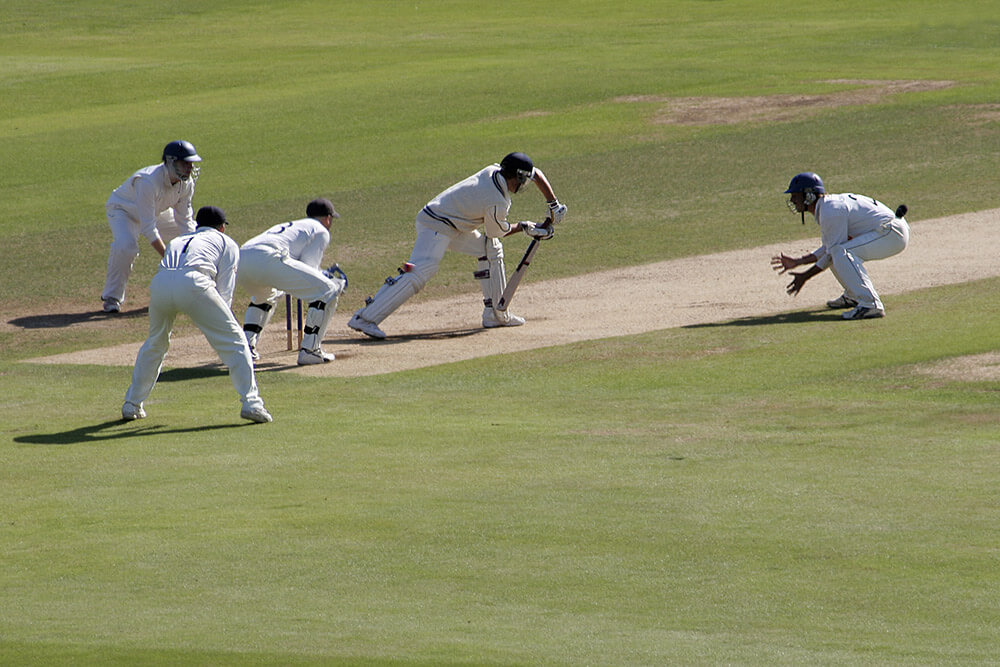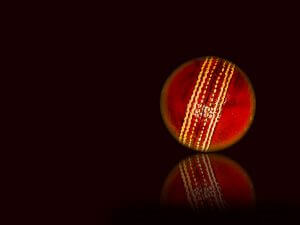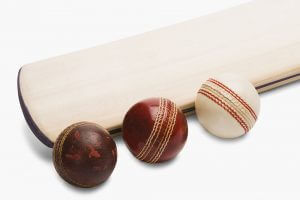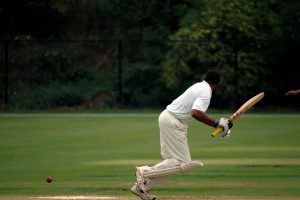Powerplay Rules in T20I

T20I Record
bit.ly/3PVj94R">
Cricket is a batsman’s game. Audiences at cricket matches most of all love seeing high-scoring matches in which teams try to chase down huge targets. Powerplay rules were introduced to encourage batting teams to score more runs, knowing that many fielders were required to remain inside a thirty-yard circle. Thus, a ball hit over the head of a fielder was more likely to reach the fence, given that fewer fielders were outside the circle to be able to stop a boundary hit.
Contents
Key Powerplay Rules in T20
p>There is a mandatory powerplay in T20 matches that is restricted to the first six overs. During this phase, the fielding side cannot have more than two fielders outside the thirty-yard circle. Overs seven to 20 are non-powerplay overs and during this period, the fielding side is allowed to have a maximum of five fielders outside the thirty-yard circle.In 2008, the ICC concluded that allowing the bowling side to choose both non-mandatory powerplays favoured the bowling side and changed the rules to allow the batting side to decide when one of the non-mandatory powerplays would become effective.
On 1 October 2011, the powerplay rule was amended. With that, two additional powerplays were to be taken between overs 11 and 40. In case either side failed to choose the powerplay overs, the umpires could decide to complete the overs before the commencement of the 41st over. Thus, in an extreme case, overs 31 to 40 could comprise two additional powerplay segments.
On 29 October 2012, the ICC decided to reduce the number of powerplays to two, including the mandatory powerplay from overs one to 10. Until this phase began, five players were allowed to remain outside the thirty-yard circle during non-powerplay overs (41-50). From October 2012, the number of players allowed outside the thirty-yard circle during non-powerplay overs was reduced to four.
The current ODI powerplay rules became effective on 5 July 2015. Under the new rules, a match was to be divided into three powerplay segments and there would no longer be any restriction related to fielders in catching positions.
Ireland scored 93 runs in the first six overs of a T20I against the West Indies in Granada in January 2020, setting a record for the most runs scored during a T20I powerplay. Openers Kevin O’Brien and Paul Stirling were the men who set the record in a thrilling match that Ireland went on to win by four runs. While O’Brien scored 48 from 32 balls, Stirling made 95 off 47 balls. Between the two, the players hit ten sixes.





